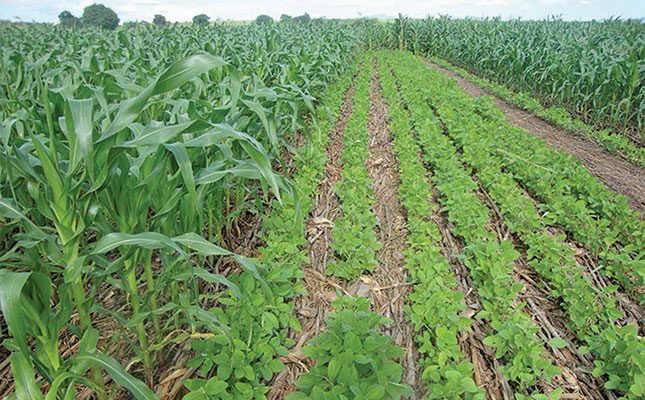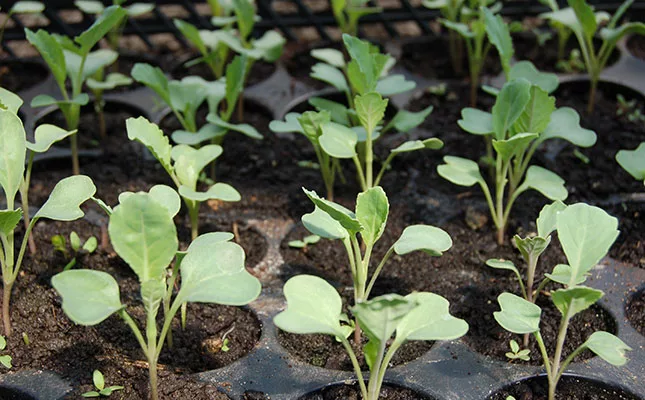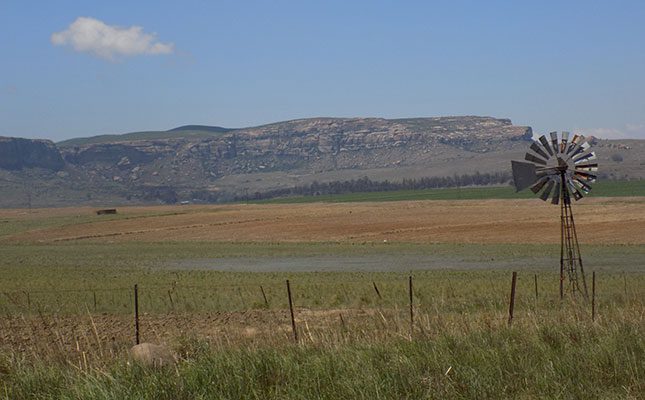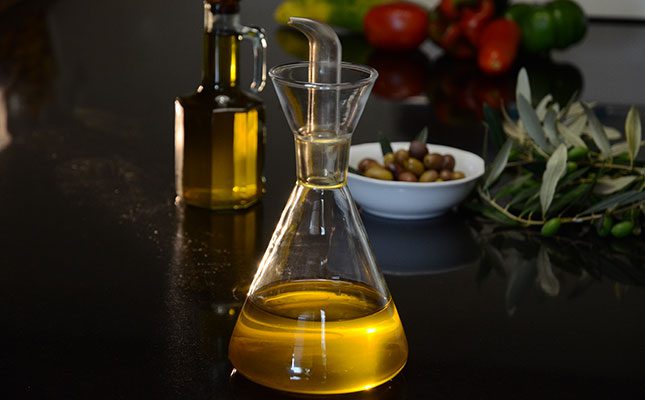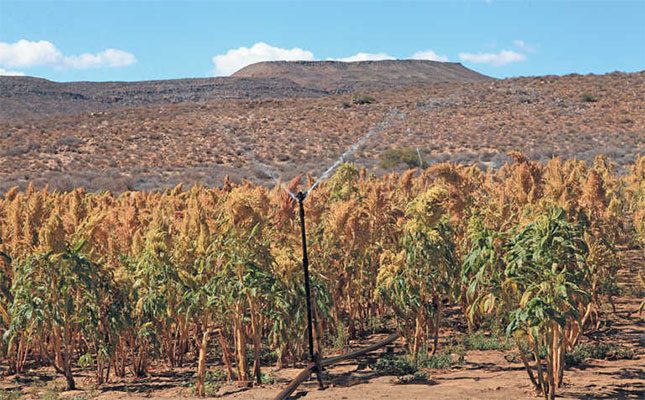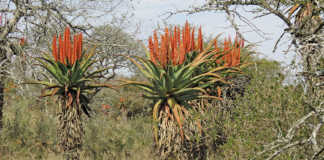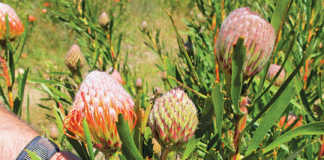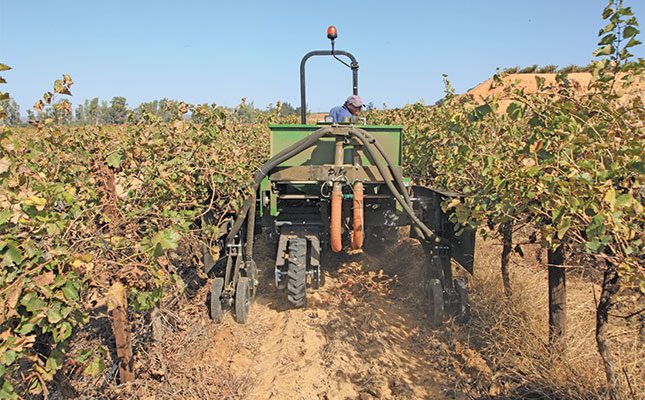
Producers are increasingly expected to deliver high yields without compromising the long-term health of the land. In this challenging context, the spotlight has turned to regenerative farming techniques, particularly the use of cover crops.
Cover cropping is a key pillar of regenerative agriculture. These crops are not grown for harvest, but for the health of the soil. They cover the ground between main cash crop rotations, or even between rows of permanent crops like citrus or vines, delivering benefits ranging from erosion control to enhanced soil structure. In a time of dwindling natural resources, this ancient yet innovative practice is proving invaluable to farmers who are looking to build resilience, reduce costs, and ensure long-term profitability.
Covering soil, protecting profit
Healthy soil is the foundation of profitable farming. Maintaining cover on the soil, ideally throughout the year, is a simple yet powerful principle that underpins many regenerative systems. The physical presence of cover crops helps protect against wind and water erosion, reduces run-off, limits evaporation, and shields the microbial life that sustains nutrient cycling.
“Essentially, what the soil needs is carbon,” explains Niels Harmuth, senior agronomist at AGT Foods. “Photosynthesis captures carbon from the atmosphere and delivers it to the soil. Over time, and depending on climatic conditions, a regenerative approach will increase soil carbon levels and raise organic matter.”
This process is not instant, but it is transformative. “Remember, for every 1% increase in organic matter, the water-holding capacity of the soil doubles. That’s a direct buffer against drought. It’s not just soil improvement; it’s risk management.
“Although it is the alfa and omega to raise the organic matter percentage in the soil, in practice it is not always as easy as it may seem,” cautions Harmuth. 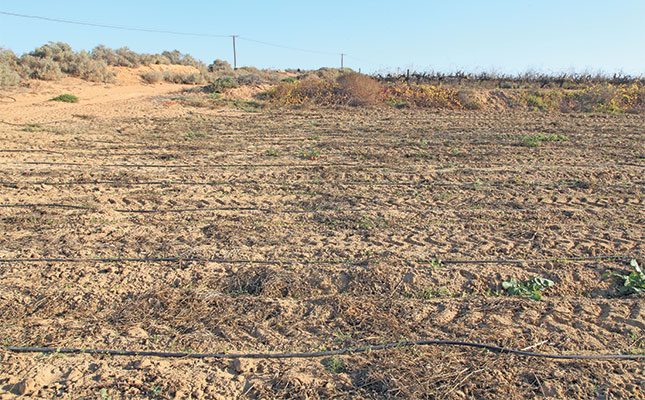
Multiple benefits for commercial systems
Grain SA has emphasised the significant role that cover crops play in integrated crop-livestock conservation agriculture systems. The advantages go well beyond soil protection:
- Livestock integration: Cover crops allow for the sustainable inclusion of grazing animals between cropping cycles. In mixed systems, these crops offer a valuable feed source and close the nutrient loop by recycling manure back into the soil.
- Profit protection: Healthier, better-structured soil is more resilient to weather extremes. Less run-off during heavy rains and improved moisture retention during dry spells result in more stable yields.
- Fertility and microbial life: Cover crops enrich the soil by feeding beneficial microorganisms and enhancing the availability of nutrients. Increased microbial activity often leads to better root development and improved nutrient uptake by the following crop.
- Reduced input costs: Many summer cover crops naturally fix nitrogen or suppress weeds, cutting down the need for synthetic fertilisers and herbicides. This not only reduces costs but also decreases chemical load in the environment.
- Biological pest control: Certain species attract beneficial insects, like ladybirds, which prey on common pests. This natural form of pest management can reduce reliance on expensive chemical pesticides.
- Climate resilience: Cover crops sequester carbon, support biodiversity, and improve water use efficiency, contributing to a more sustainable and climate-resilient farming operation.
Species selection: a strategic choice
One of the most important decisions farmers can make is selecting the right cover crop, or mix of crops, for their region, system, and objectives. There’s no universal blueprint. The choice must be guided by soil type, rainfall patterns, temperature, cropping schedule, and intended benefits. In other words, there are tailor-made strategies for every individual farm.
A lot of good information on the topic is available from the Conservation Agriculture Manual published by Grain SA, especially Chapter 5, which focuses specifically on the topic of cover crops.
For best results, use a mix from three key plant groups:
- Legumes (for example vetch, clover, cowpea and beans): Known for their nitrogen-fixing ability, they improve soil fertility and reduce fertiliser requirements for the following crop. These are extremely common options due to the high levels of nitrogen they can introduce into the soil.
- Grasses (for example oats, rye, sorghum): Useful for preventing erosion, improving organic matter content, and building soil structure through dense, fibrous root systems.
- Brassicas (for example forage radish, mustard): Effective for biofumigation, nutrient recycling, disease suppression, and breaking up compacted soils with deep taproots.
Cover crops are often rotated with major commercial crops like maize, potatoes, wheat, or barley. Their roots, shoots, and plant residues break down and enrich the soil, acting as a natural form of ‘green manure’.
The timing of planting of these crops is crucial. They should be planted in accordance with the seasonal changes and other factors such as rainfall an soil fertility. Planting should align with the ideal temperature and moisture content of the soil.
Flexible integration into large-scale farming
Contrary to perception, cover cropping is not just for small-scale or organic farms. Medium- to large-scale operations in South Africa are increasingly adopting cover crops, often with impressive results.
Here’s how they’re being used strategically:
- Between main crop cycles (fallow periods)
Planted in the off season, cover crops protect soil, retain moisture, and fix nitrogen, preparing the land for the next cash crop. - As living mulch or inter-row cover
Used in orchards or vineyards to suppress weeds and improve water infiltration, while maintaining biodiversity. - In crop rotation systems
Alternating between cover crops and cash crops can reduce disease pressure and improve nutrient cycling. - Multi-species mixes
Blends are gaining traction due to their ability to deliver multiple benefits simultaneously, from soil biology improvement to resilience under variable weather. - Livestock integration
Grazing livestock on cover crops adds a second revenue stream and enhances nutrient cycling through natural fertilisation.
Barriers and practical solutions
Like any change in practice, cover cropping presents challenges, particularly for farmers operating within tight production schedules and budgets. Soil improvement is a long-term process that may not be immediately noticeable to the farmer. Usually, concrete, visible results are not apparent until well into the second cropping cycle.
Another practical barrier is the fact that the nutrients provided by the cover crop, especially nitrogen, must be available to crops when needed in order to raise productivity. Cover crops only produce benefits if the nutrients are available to the commercial crops at the right time. In many systems, the correct timing is either impossible or very difficult to achieve.
Common barriers:
| Barrier | Description |
| Cost | Initial investment in seed and equipment. |
| Timing | Must align with planting and harvesting windows. |
| Water use | In semi-arid areas, there’s concern about moisture competition. |
| Knowledge gap | Lack of familiarity with species and management. |
| Equipment | Some systems require rollers, crimpers, or no-till seeders. |
Practical solutions:
| Strategy | Benefit |
| Start small | Pilot cover cropping in one field before expanding. |
| Use grant programmes | Seek support through conservation or environmental subsidies. |
| Dual-purpose species | Use crops that provide both soil cover and forage. |
| No-till integration | Combine cover crops with conservation tillage. |
| Work with agronomists | Leverage expert advice tailored to your region and goals. |
Regional adaptation
The best cover crop strategy is one that’s adapted to your farm’s unique conditions:
- Western Cape: Winter rainfall — use vetch and oats to build biomass during cool seasons.
- KwaZulu-Natal & Eastern Cape: Summer rainfall — ideal for sunn hemp, millet, and cowpea.
- Free State & North West: Semi-arid — opt for drought-tolerant legumes and deep-rooted grasses.
- Limpopo & Mpumalanga: Subtropical — choose heat-tolerant species like lablab or pigeon pea.
- Irrigated zones: Inter-row cover in orchards/vines provides excellent weed suppression and biodiversity benefits.
Final thoughts
Cover crops are no longer seen as an ‘alternative’ practice; they’re fast becoming a mainstream tool for resilient, profitable, and sustainable farming. Whether you’re aiming to reduce input costs, manage risk, improve yields, or build long-term soil health, cover crops offer a clear pathway forward.
There is no single recipe for success, but the consistent message is clear: keep your soil covered, diversify your species, and build from the ground up. With good planning and sound support, cover cropping can transform a farm’s sustainability and profitability, ensuring it thrives well into the future.


